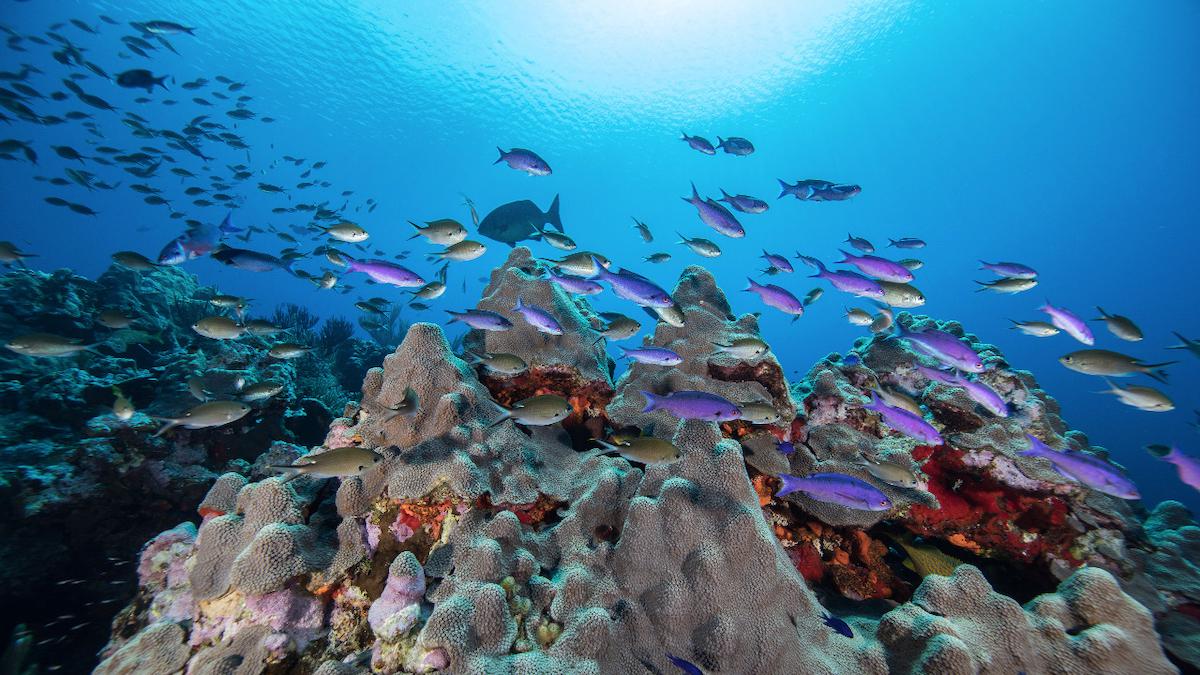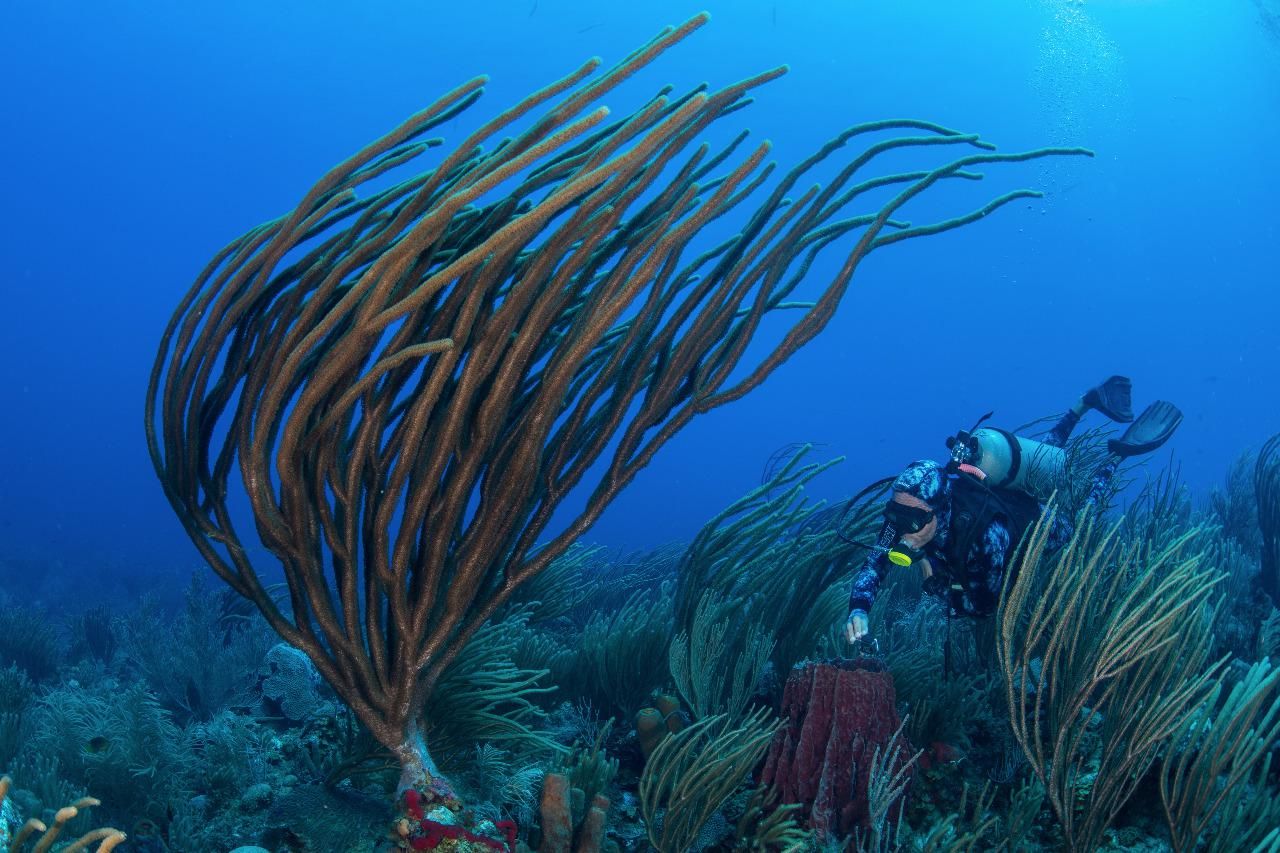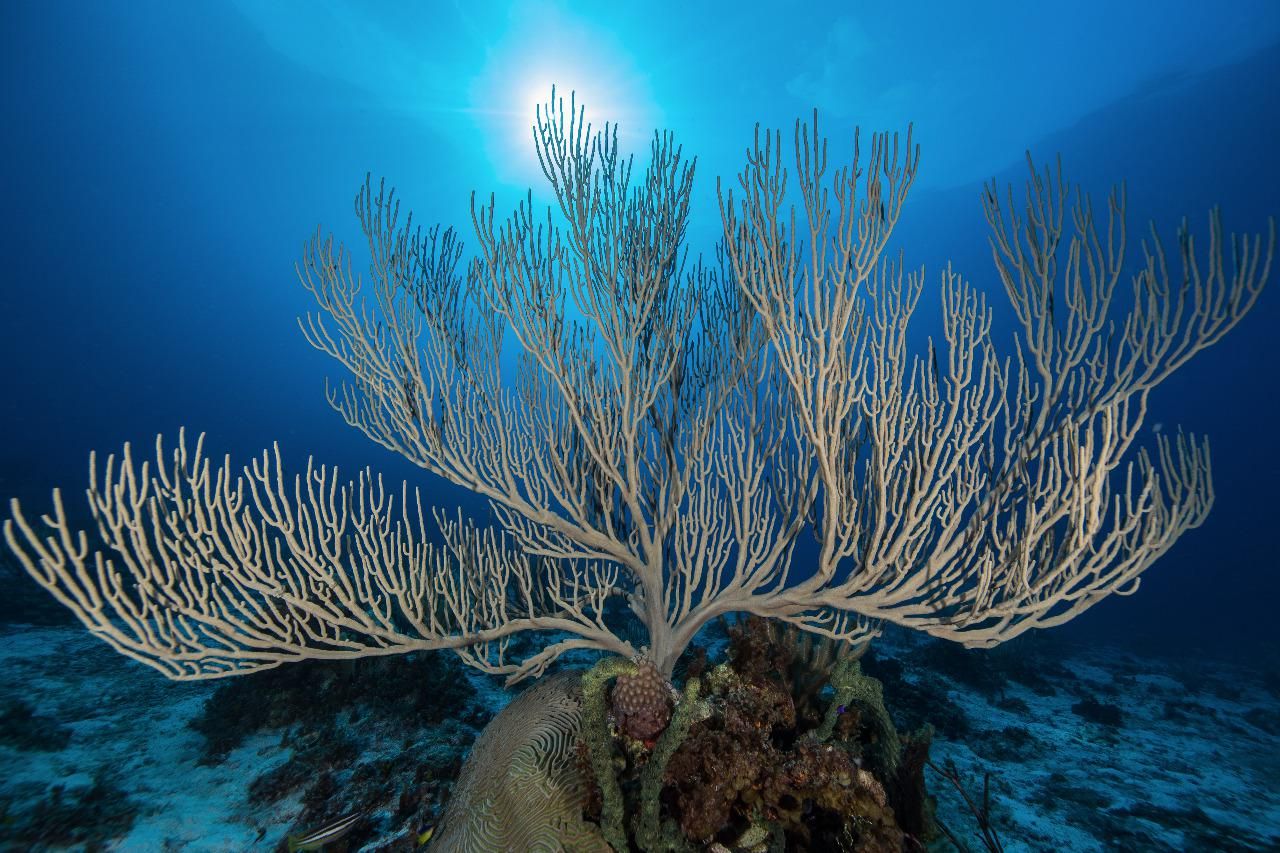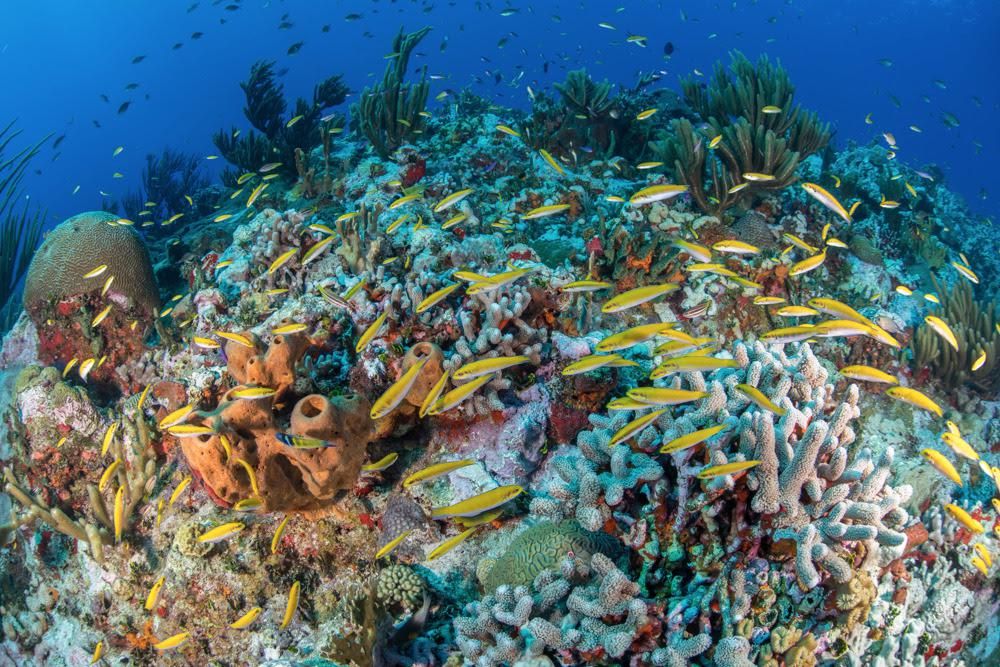
Oceana Completes First Scientific Expedition to Protect Gulf of Mexico Reefs

In a remote part of the Gulf of Mexico, the ocean still teems with life. The under-explored reefs there are still rich, something that many other coral reefs around the globe can no longer say. Now, Oceana is working to protect these biodiversity hotspots before it’s too late.
On Aug. 23, the nonprofit conservation organization completed its first-ever expedition to investigate and document the condition of two reefs in the Gulf of Mexico using cutting-edge technology. Project Alacranes focused on Scorpion Reef (Arrecife Alacranes in Spanish) and the Bajos del Norte National Park, which contain some of the greatest biodiversity in the Gulf.
Mariana Reyes, oceans and fisheries scientist at Oceana in Mexico, told EcoWatch, “These two sites are ecologically and economically relevant for the region.” According to Oceana, Scorpion Reef is the largest reef in the southern Gulf of Mexico and is a designated marine protected area (MPA). Numerous endangered and commercial species reproduce within the MPA and migrate beyond that to fishing grounds when mature. The waters also support the important red snapper and grouper fisheries, and more than 15 percent of spiny lobster catches in the Yucatan are from Scorpion Reef and its surrounding area, Reyes added.
Diver and soft coral in Bajos del Norte. Rodrigo Friscionne
Expedition leader Mariana Reyna also shared Scorpion Reef’s importance to a planet increasingly confronted by the climate crisis and warming oceans. The reef is included on a 2018 list by Conservation Letters of coral reefs that are “healthy and diverse enough to have a better chance of surviving the effects of climate change,” said Reyes.
In the case of Bajos del Norte, the reef has been identified as a possible important connection between the Caribbean and the Gulf of Mexico, Reyes said.
Reyes pointed out that, in theory, these remote areas should be “relatively undisturbed” by the impacts of human activities — thanks to their distance from the coast. Nevertheless, Scorpion Reef shows signs of being affected by human impacts including tourism and Illegal, Unreported, and Unregulated (IUU) fishing. Luckily, Reyes said, Bajos del Norte shows very few signs of human impact. Scientists want to understand why this is and how to prevent further degradation of both reefs.
Branching coral in Alacranes. Rodrigo Friscionne
“Our objective is to collect scientific information that allows us to determine the current status of this marine protected area (MPA), and to use this information to promote the changes needed to protect and guarantee the future of this important ecosystem,” said Renata Terrazas, leader of Oceana in Mexico.
“That is why it is so important to explore these places where few expeditions have been and with technology that has never been used in these areas to collect the evidence necessary to protect and preserve this habitat,” Reyna said.
While Scorpion Reef is an MPA, “In the case of Bajos del Norte, the risk is greater because it has no legal protection, and very little research has been done on its status, nor on the species that live there,” Terrazas added.
Over the 15-day expedition, scientists explored the two areas. They were happy to report that the reefs were “full of life with an abundance of fish, invertebrates, and other animals that are signs of a healthy reef,” Reyes said. They also observed many corals with disease and mortality in two species. They will continue analyzing their findings.
Juvenile Bluehead Wrasse (Thalassoma bifasciatum) in Scorpion Reef (Arrecife Alacranes). Rodrigo Friscionne
The researchers also completed environmental DNA analysis and photomosaic modeling. The latter will be used to create 3D maps of the reefs and enable a census of species located thereon. This information can help managers evaluate current management tools for these reefs and determine how best to preserve them, Reyes said.
“The recovery and conservation of marine habitats in Mexico translate into greater economic and social benefits, especially for local fishermen. Adequate protection of these reefs ensures that future generations can enjoy their beauty and resources,” said Miguel Rivas, director of habitat campaigns at Oceana.

 233k
233k  41k
41k  Subscribe
Subscribe 


